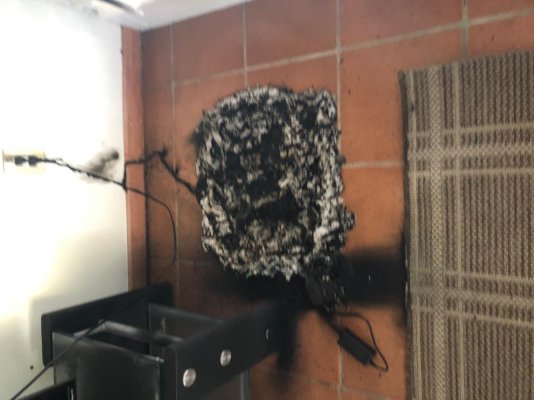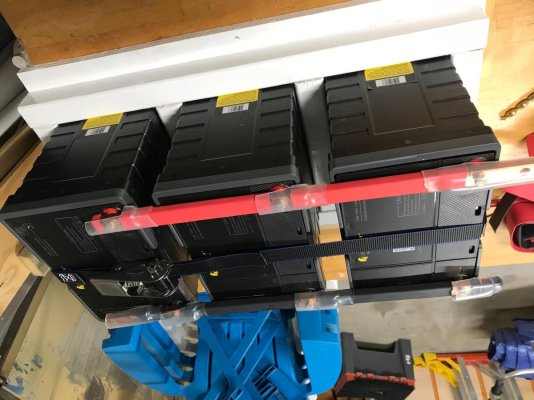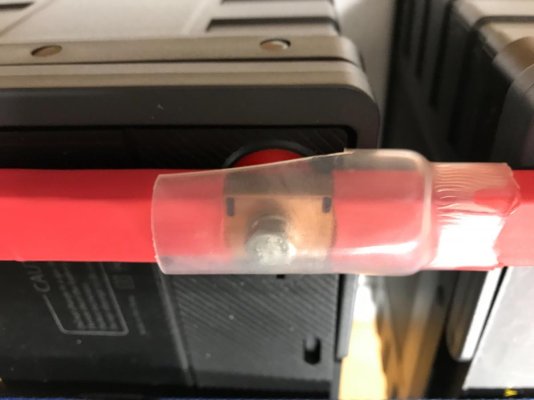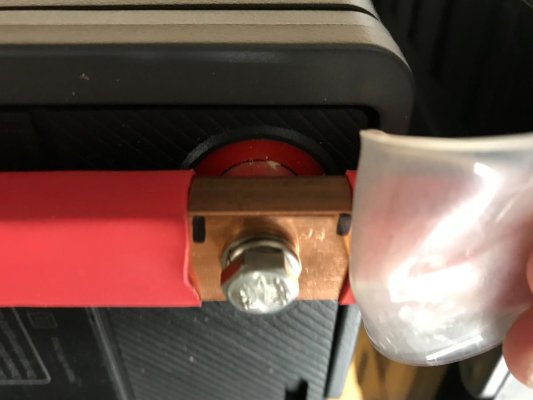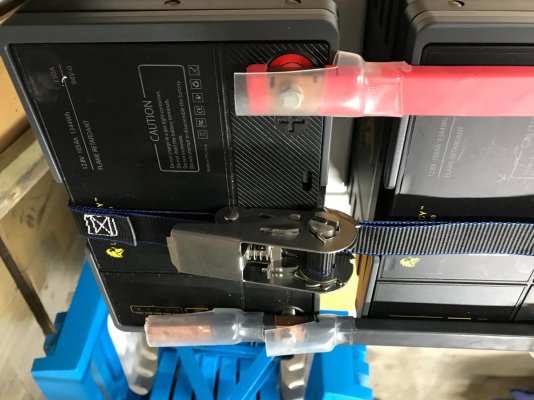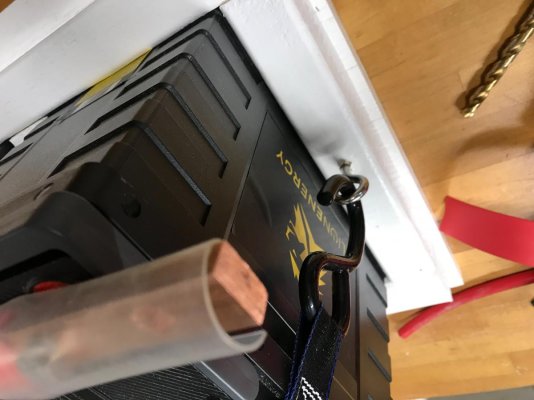Comodave
Moderator Emeritus
- Joined
- Jul 2, 2015
- Messages
- 21,283
- Location
- Au Gres, MI
- Vessel Name
- Black Dog
- Vessel Make
- Formula 41PC
A cautionary note: LFP batteries subjected to normal engine room temperatures will loose a significant amount of capacity every year.
I am moving the house bank out of the engine room into a cabinet in the salon that used to hold the icemaker. We never used the icemaker so it was coming out anyway. In the new location all the wire runs will be at least 50% shorter to and from the batteries to the main panel, charger and the alternator. So it will be a win-win situation all around. The batteries do not charge above 111 degrees.

